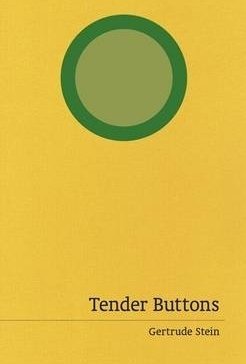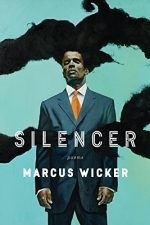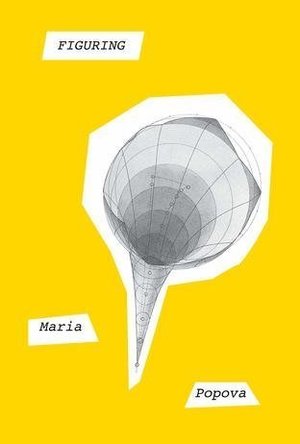
Figuring
Book
Figuring explores the complexities of love and the human search for truth and meaning through the...
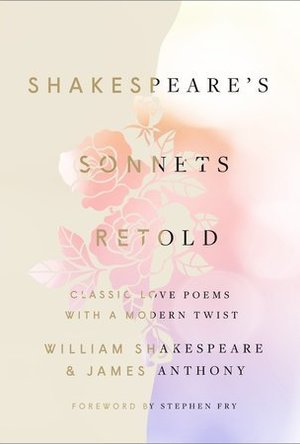
Shakespeare's Sonnets, Retold
William Shakespeare and James Anthony
Book
An enlightening and entertaining collection of the most esteemed love poems in the English canon,...
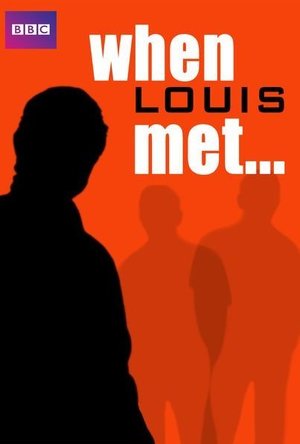
When Louis Met... Series 2
TV Show
When Louis Met... is a series of documentary films by Louis Theroux. The series was originally aired...
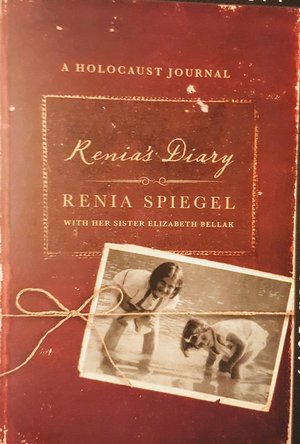
Renia's Diary: A Holocaust Journal
Renia Spiegel and Elizabeth Bellak
Book
Renia's Diary: A Holocaust Journal by Renia Spiegel, with her sister Elizabeth Bellak This is the...
Jewish Holocaust Diary Poland Polish Nazi
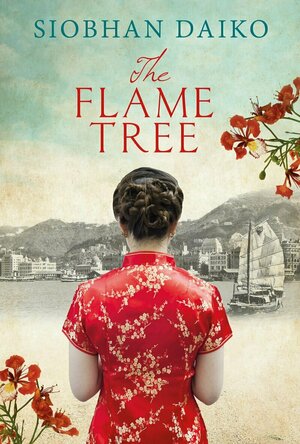
The Flame Tree
Book
In the spring of 1939, dashing young William Burton and the beautiful Constance Han set sail from...
Asian Historical Fiction Women's Fiction

A Game Cursed and Deadly (Beyond The Veil #1)
Book
A deadly game. A prince of monsters. A girl who may be his undoing. Fans of enemies-to-lovers,...
Dana (24 KP) rated Tender Buttons in Books
Mar 23, 2018
I don't normally enjoy modernist poetry much because I feel it tries too hard to be something it is not. It tries to solve problems it cannot, but I have enjoyed this book a lot. Instead of always trying to solve problems, it states how it is. The problems are still there, the chaos is still there, but there is still a sense of peace at what the world is. The speaker is an ordinary person doing ordinary things, thinking about a world that has gone to shit, and that is really relatable.
There is a lot of attention to color in this collection. In the first section, there was a focus on Red and Yellow. In the second, coal is a constant. The colors represent the changing times, the coal especially. Red, the color of blood and war. Yellow, the color of change, and illness. The war had become an illness that had spread across Europe and eventually, the world.
I love how the style is not really a poetic style. Instead it is written in a prose form, but not as a coherent story with a plot line. I appreciate how Stein is creating and experimenting with different styles of writing to try to convey what she wants to.
In the section Objects, there was a quote that I very much liked because I felt like it summed up how that section had been flowing, for me at least. "Book was there, it was there. Book was there. Stop it, stop it, it was a cleaner, a wet cleaner and it was not where it was wet, it was not high, it was directly placed back, not back again, back, it was returned, it was needless, it put a bank, a bank when, a bank care." (30) This quote is showing the chaos of the mind, the disruptions of how it thinks when trying to focus or process what is happening to it. This is how many people's thoughts may have seemed during and after the two World Wars, something Modernist literature and poetry often brings up.
"There is coagulation in cold and there is none in prudence. Something is preserved and the evening is long and the colder spring has sudden shadows in a sun." (40) I like this quotation from the second section, Food, because it acknowledges that even in a time of rebirth, there is still coldness and death. There are shadows in Spring because it is acknowledging the death that had to happen for the rebirth to occur. The "coagulation" can be a congregation of people when the times get tough. When it is "cold" people come together, but in times of prudence, or in times of happiness and peace, people do not feel the need to come together. There is a self-isolation that occurs in the good times.
"A sentence of vagueness that is violence is authority and a mission and stumbling and also certainly also a prison. Calmness, calm beside the plate and in way in. There is no turn in terror. There is no volume in sound." (40) In this section, there it shows that you cannot control the world. There will always be chaos and pain and violence, but you have to learn how to live through it and survive because if you do not, you will be left in your pain with no way out.
"This shows the disorder, it does, it shows more likeness than anything else, it shows the single mind that directs an apple. All the coats have a different shape, that does not mean that they differ in color, it means a union between use and exercise and a horse." (67) This quote shows the reason and necessity of the poem. Like I said before, this book is chaotic to show the connections in chaos. It is a portrayal of the mind in a chaotic state. Everything is able to be connected because it is all from one mind and person.
Overall, I really enjoyed reading this book. I thought it was very relevant to today, even though it was written over one hundred years ago. I recommend that you read this, even if you are not really in to modernist writing because, even though it is confusing at first, once you start thinking about it, it becomes very poignant and interesting.
Hazel (1853 KP) rated Dreaming of Antigone in Books
Dec 17, 2018
Dreaming of Antigone</i> is a contemporary tragedy about sixteen-year-old Andria in the aftermath of the death of her twin sister Iris. It has been almost six months since Iris overdosed on heroin, and also the same amount of time since Andria last had an epileptic seizure. Feeling overwhelmed by her mother’s overprotectiveness, Andria is counting down the days until she can reapply for her driving license – freedom. Only fourteen days to go; unless she has another seizure…
Although she is not over her sister’s death, Andria is keeping her emotions in check; but then, Iris’ ex-drug addict boyfriend, Alex, comes back to school. Andria feels hatred toward him and angrily blames him for what happened to her sister. She is beyond frustrated to discover that she has to work alongside Alex in the library after school. However their love of poetry begins to bond them together, causing Andria to question how she really feels. When more tragedy strikes in the form of her stepfather, Andria is glad to have Alex by her side.
<i>Dreaming of Antigone</i> is a mix of high culture and pop culture. It is written for the contemporary teenager who enjoys love stories, yet it also contains a few highbrow topics. Firstly, as referenced in the title, is the Greek play <i>Antigone</i>. Andria is studying this tragedy at school and likens herself and Iris to the key characters, Antigone and Ismene. Secondly is astronomy. Andria is passionate about the stars and educates the reader a little about the names of constellations and the position of the stars and planets in the solar system. Thirdly, as already mentioned, there are lots of poetry citations.
I was a little disappointed that there was not more focus on <i>Antigone</i>, as this is what attracted me to the novel in the first place. Robin Bridges gives a brief overview of the play for the benefit of readers who are unfamiliar with it, however for readers, like myself, who have studied Sophocles’ tragedies, there is not much more to gain from this reference.
Bridges tackles quite a number of difficult subjects in <i>Dreaming of Antigone</i>. There is the obvious issue of drug abuse, which killed Iris. In this case, Iris was a victim of the addiction, however Bridges counters this with Alex, the survivor, thus saying that it is possible to recover from such a dangerous habit. Later on in the story other challenging problems crop up, for example suicide and sexual abuse. Thankfully Bridges deals with these in a mature and gentle manner, so as not to distress the reader. Having said this, some readers may struggle with this triggering content.
Overall, whilst this was not a terrible book, it was not exactly what I was expecting, and therefore a bit of a disappointment. It is for this reason that I am not giving <i>Dreaming of Antigone</i> more than three stars. Other readers with fewer expectations may enjoy this novel a lot more.
ClareR (6054 KP) rated Something Dark in Books
Nov 12, 2017
This is his story of being taken in to care and the resultant damage. It's a one man show, there's no one else on stage with him, and I think this is indicative of how his life has been lived. He has always had to be self sufficient, from the day that his Foster parents (who had parented him from birth) told him at the age of 11 that 'he' didn't love them anymore (it would be more accurate to say that they didn't love him). They didn't even say goodbye to him: his brothers and sisters didn't get to say goodbye, and he was ushered into a car with his social worker and taken to a children's home.
This illustrates how children in care are 'emancipated' at 18 and expected to cope on their own. Most of them have no family or many friends, and are left to fend for themselves. Lemn was given the information to start the search for his birth mother, which is a very interesting part of the story (which I won't divulge!)
I'm actually going to see this performed by Lemn next week (14/11/17), and I'm very much looking forward to it.
